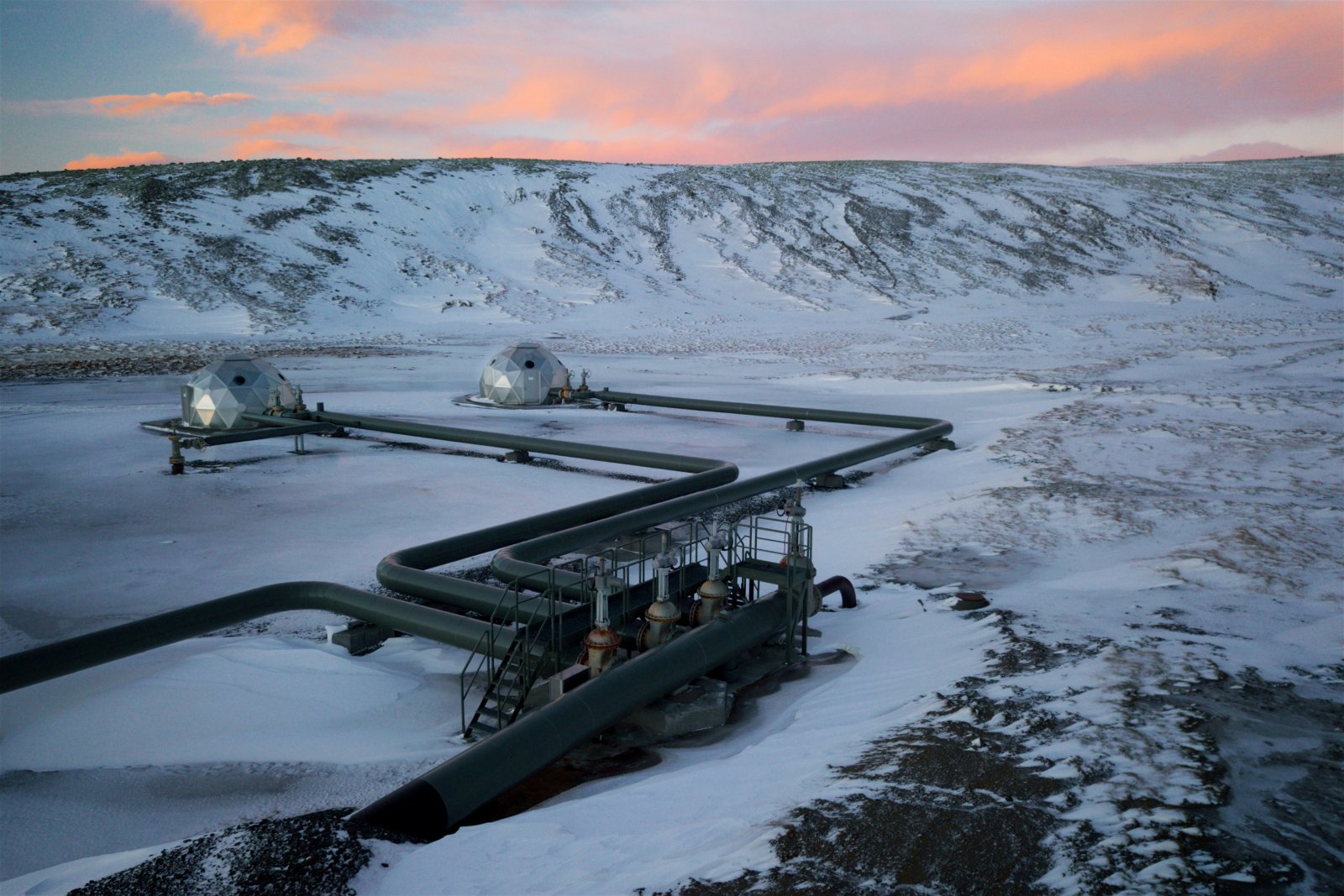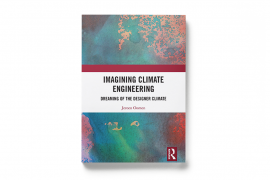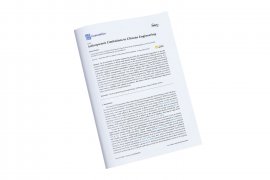Imagining Climate Engineering: Dreaming the Designer Climate
Fear about climate change is everywhere. From Greta Thunberg’s lament that politicians and business leaders have stolen her future to island nations afraid of disappearing in the rising oceans. Climate change has now become a central feature of the 21st century.
Hardly anywhere is the fear about climate change more pronounced than among climate scientists. For those researching the changing climate on a daily basis, the prospect of catastrophic climate futures looms large. As a result of these fears—but also as the result of a long history of dreaming to control nature and the climate—a small but growing pocket of scientists proposes that technological interventions. Climate engineering, defined as the deliberate manipulation of the Earth’s environment in order to counteract global warming, comprises of a range of technological approaches to ameliorating the dangers of climate change.
In Imagining Climate Engineering, UFS researcher Jeroen Oomen looks at the ways climate engineering researchers view their scientific craft, and the ways they imagine climate engineering as part of a solution to climate change.
Publications
The field of ‘climate engineering’, ‘geoengineering’, or ‘climate intervention’, as these technologies are typically referred to, is a highly diverse research field that looks for technological interventions into the climate systems that might help stave off the worst of climate change. Ranging from ecosystem adaptations that aim to capture and store carbon, to industrial facilities aiming to capture carbon at the source or directly from the air, and from infrastructure adaptations to make the Earth more reflective of sunlight to large-scale modifications of cloud cover or aerosol injections in the stratosphere, these interventions coalesce and rally around shared conceptions of climate and climate change.
In Imagining Climate Engineering, Jeroen Oomen asks how different conceptions of the climate, of climate politics and economics, and the role of the human in a larger biosphere lead to divergent views on the feasibility and desirability of these speculative technologies. Imagining Climate Engineering is the outflow of Jeroen’s PhD research, which was funded by a European Union Horizon 2020 Marie Curie project (ENHANCE). By combining methods from science & technology studies, history, sociology, and the environmental humanities, Jeroen attempts to understand why climate engineering researchers imagine these speculative climate-fixing technologies as possible approaches to climate change and how their views on this topic emerge.
Imagining Climate Engineering as a research project revolves around political and cultural questions about climate engineering. Specifically, the project asks how values connect to climate epistemology and ontologies about human-nature relationships. How, for example, is climate engineering a manifestation of an older history of human-nature relationships and technological dreams? What type of knowledge do climate engineering researchers think they need to consider manipulating the global climate? On what basis do these researchers see particular interventions as feasible or desirable? This all ties together in the question of how climate engineering becomes a scientific dream for some or a promethean nightmare for others—depending on how they view the climate, how they view politics and human relations, how much they think we can know about the climate, and whether or not humans even should engineer the climate.
The project will culminate in a book, Imagining Climate Engineering: Dreaming the Designer Climate, to be published by Routledge late 2020.




